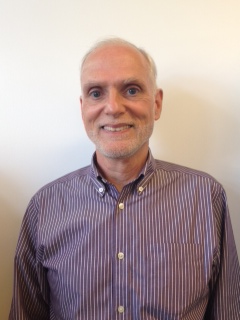Can simply asking someone how often they smoke marijuana, or how much alcohol they drink, or what impact doing cocaine is having on them, cause them to rethink their use pattern? Questions like these are part of common screening tools. Can they play a broader, more dynamic role?
Typically, the questionnaires help a professional identify those at risk for – or already experiencing – associated harms. As such, screening serves a clinical function to distinguish appropriate candidates for further assessment, diagnosis and intervention. Screening can facilitate the timely delivery of service to those who require it. However – somewhat to the surprise of researchers and clinicians – another positive result is not uncommon. Giving people opportunity to report signs of risk or difficulty in their substance use has at times, by itself, prompted a positive change on their part, without need for any further treatment.
This reality, that screening can prove effective on its own without referral to specialists for continued assistance, suggests a broader beneficial role for it than just functioning as a prelude in the clinical process. People often engage in habitual behaviours without considering various influences on those patterns or adverse impacts arising from them. Screening can be used as a conversation starter, to open an exchange that prompts critical self-reflection, raises awareness, and increases intentionality around such behaviours. Using screening in this way can enhance someone’s literacy around wellness – including not just their capacity to understand health-related messaging or access support services but also their ability and skill to better manage their own health. Rather than leading to an intervention, this approach to screening is brief intervention – an occasion in which attentive care is actively exercised toward another’s well-being.
What are the important implications for screening with this educational purpose? For one, it aims to reinforce agency and self-efficacy, without ignoring interdependence and the benefit of support from fellow human beings. The client or patient in the clinical setting is not a passive recipient of authoritative care, but the primary actor. Miller and Rollnick’s Motivational Interviewing approach to counselling is perhaps the most acclaimed way of evoking the other person’s internal resources for making change.
But this empowering orientation is far from being the domain of professionals only; screening as an educational exercise can be carried out by non-specialists in unofficial or casual settings, reaching a much larger circle of people. In these contexts, laypersons without clinical credentials act as helpers to those who are essentially their peers. The “screen” may consist of a few relevant questions around another person’s substance use. The aim again will be engagement, to initiate a respectful and receptive dialogue that explores why the person might want to make changes to their behaviour, in the process eliciting and encouraging their ownership and pursuit of such change.
At CARBC, we have developed a variety of screening tools for educational purposes, for both adults and youth. Since people can also self-screen using web-based aids, Alcohol Reality Check is available in online and paper versions that provide personalized feedback or short guides with suggestions on offering such feedback face-to-face. The Art of Motivation and AME are more extensive educational resources that also use screening as a gateway to conversation rather than a precursor to assessment and diagnosis. But learning can happen in any relationship. Respectfully asking a friend about their pattern of use and how it may be affecting them and others now or in the future can open the door to some enlightening and transformative discussion.
Author: Tim Dyck is a Research Associate in CARBC’s Vancouver-based knowledge mobilization unit.
**Please note that the material presented here does not necessarily imply endorsement or agreement by individuals at the Centre for Addictions Research of BC.


